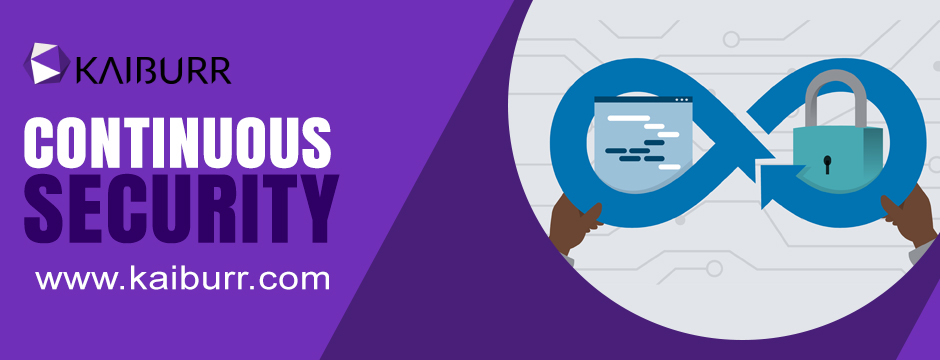Continuous security testing is a process that continuously searches web applications and the IT infrastructure for possible vulnerabilities and security risks. Continuous security testing drastically reduces the time it takes to discover serious vulnerabilities. It boosts the development process without compromising the application's security or releasing high-quality software.
Challenges faced by organizations during continuous security testing:
Unstable Execution - The organization's existing state of test automation may need to be updated and reliable. The length of time it takes to execute code increases as it grows.
Lack of Expertise - The team may need more availability and skills to acquire and use new tools and processes.
Environment Unavailability - System dependencies frequently make the test environment unavailable, unmanageable, and limited.
Types of Security Testing:
These are seven main types of security testing as per the Open Source Continuous Security Testing methodology manual. They are explained as follows:
Vulnerability Scanning:
Vulnerability Scanning is performed by using automated tools. It is performed to detect vulnerabilities in any software and evaluate vulnerabilities.
Penetration Testing:
Cybersecurity experts do penetration testing to find any possible vulnerabilities in a computer system. It is the process of simulating a real-life cyber attack.
Security Scanning:
Security scanning means scanning the security of websites, file-management systems, or networks for vulnerabilities.
Security Auditing:
A security audit is an assessment of the organization's information system. Security audit tests whether your company's internal and external security are as per the security rules.
Risk Assessment:
Risk Assessment detects various assets affected by the cyberattack and different risks associated with those assets.
Ethical Hacking:
Posture Assessment:
Posture Assessment refers to checking the system's security status or the organization's network.
Improved Security Awareness:
Secure Agile Development:
While using the agile development process requires qualified personnel. With so many changes being made to the application during the development process, security vulnerabilities can easily be overlooked, and ultimately, these vulnerabilities can get integrated into the product.
However, with continuous security testing, an organization can monitor and analyze each stage of the development process. This allows for identifying and addressing vulnerabilities during the development process.
Bottom Line:
To manage the continuous compliance system, it is necessary to deal with the compliance that is related to the Kaiburr group.
***





.jpg)


0 Comments